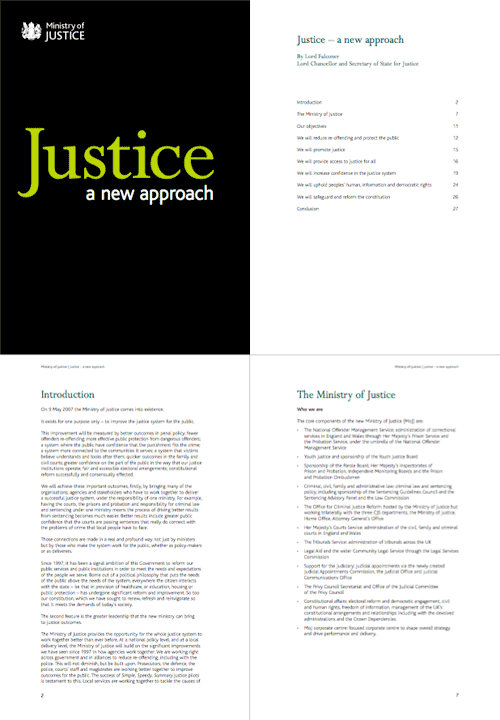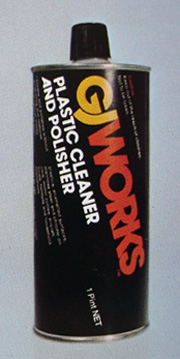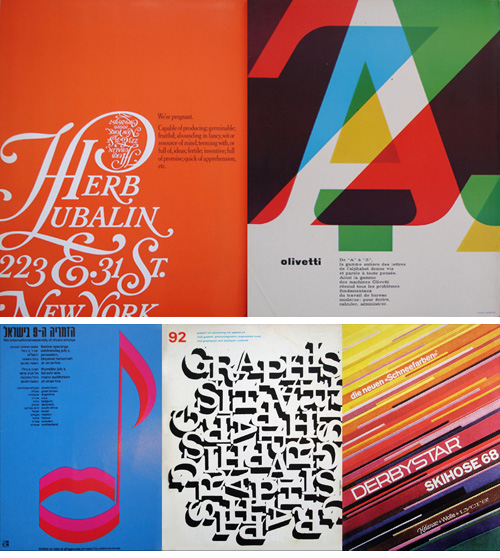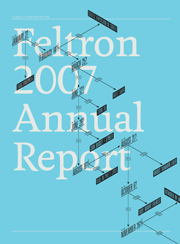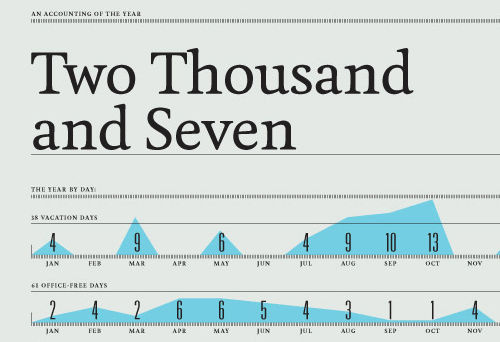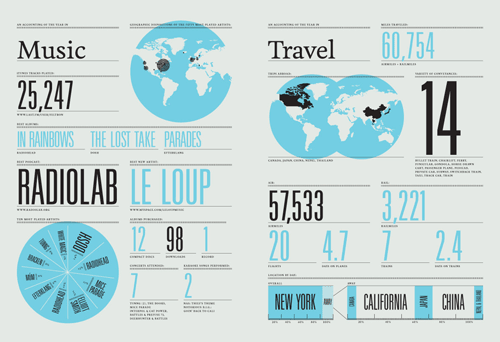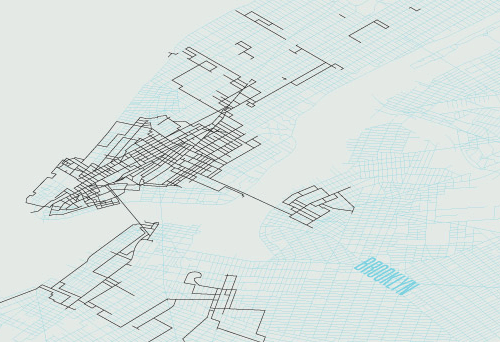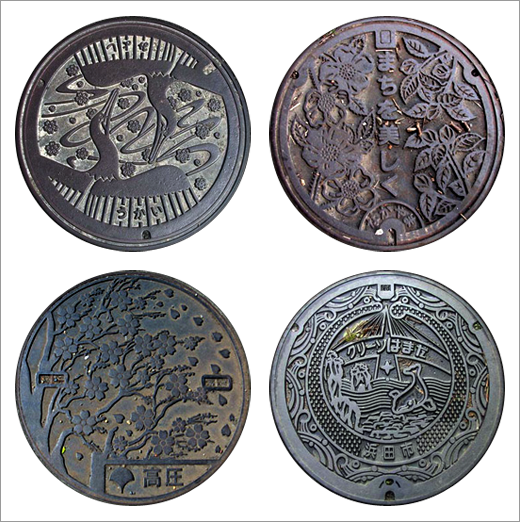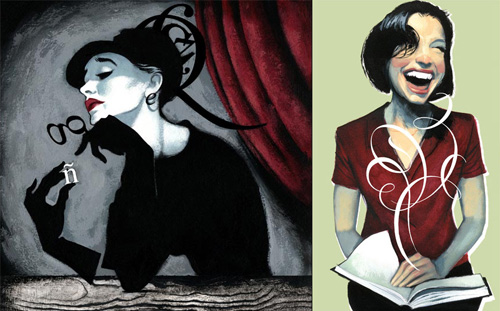I was just reading “Why Bembo Sucks” over on I Love Typography, and I was led to wondering why Opentype doesn’t allow for alternate glyphs based on size, at least, that’s how I understand this. After all, as Kris Sowersby points out, fonts were cut for a specific size, with variations in the glyph forms created as a result of aesthetics and practicality. Looking at the Opentype font I have with the most optical weights (Arno Pro) and what options Photoshop offers for Opentype, there isn’t anything in the OT menu or the application itself to set the optical weight based on size.
So why not? Of course, if it does and I’m misreading the spec, do let me know. Mind, I’ll then have to ask why no-one is doing it yet.
And, for comparison, Arno Pro Caption (left) and Arno Pro Display (centre) scaled to the same point size and overlaid on each other (right). Wouldn’t it be nice if the software could switch between the weights automatically?



